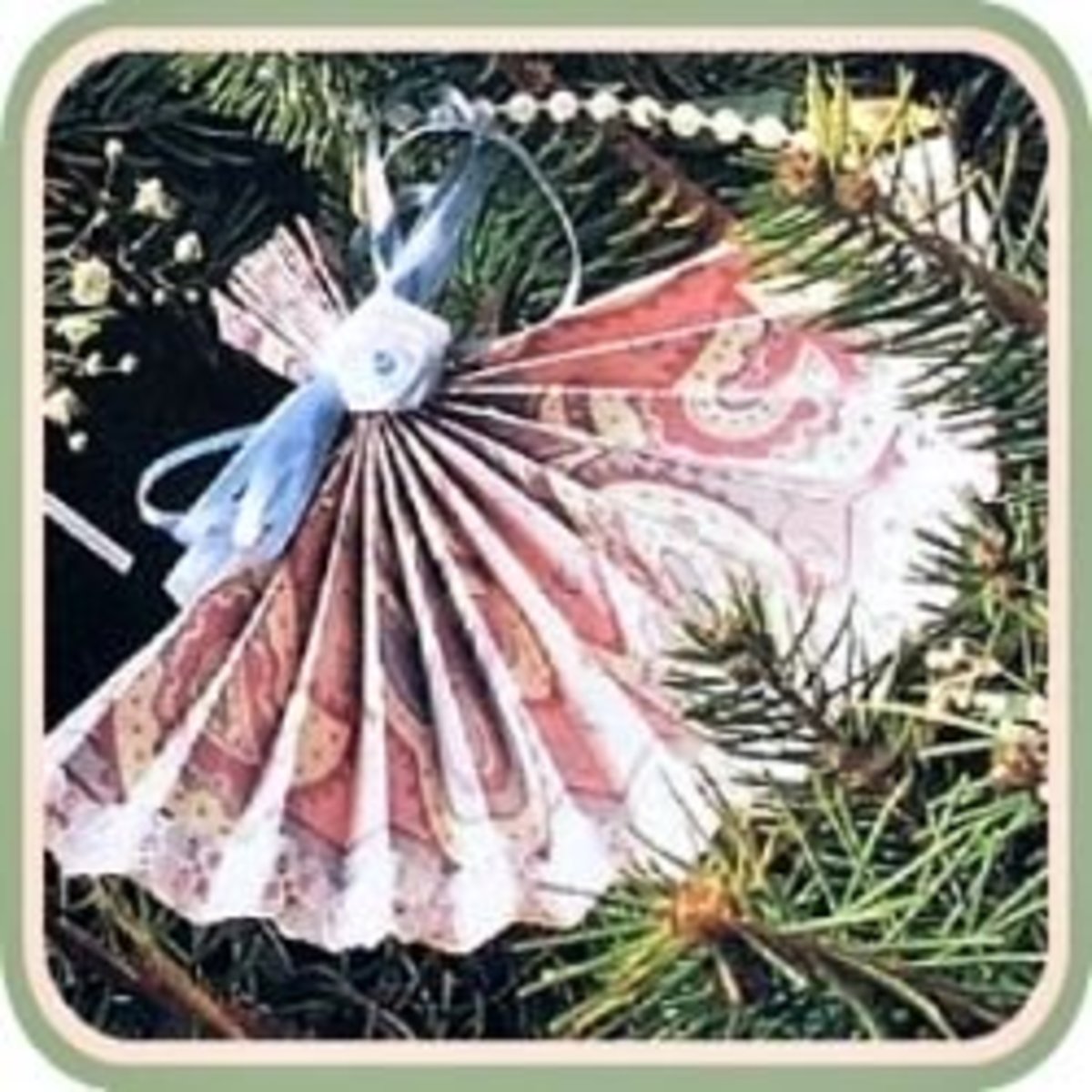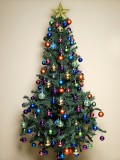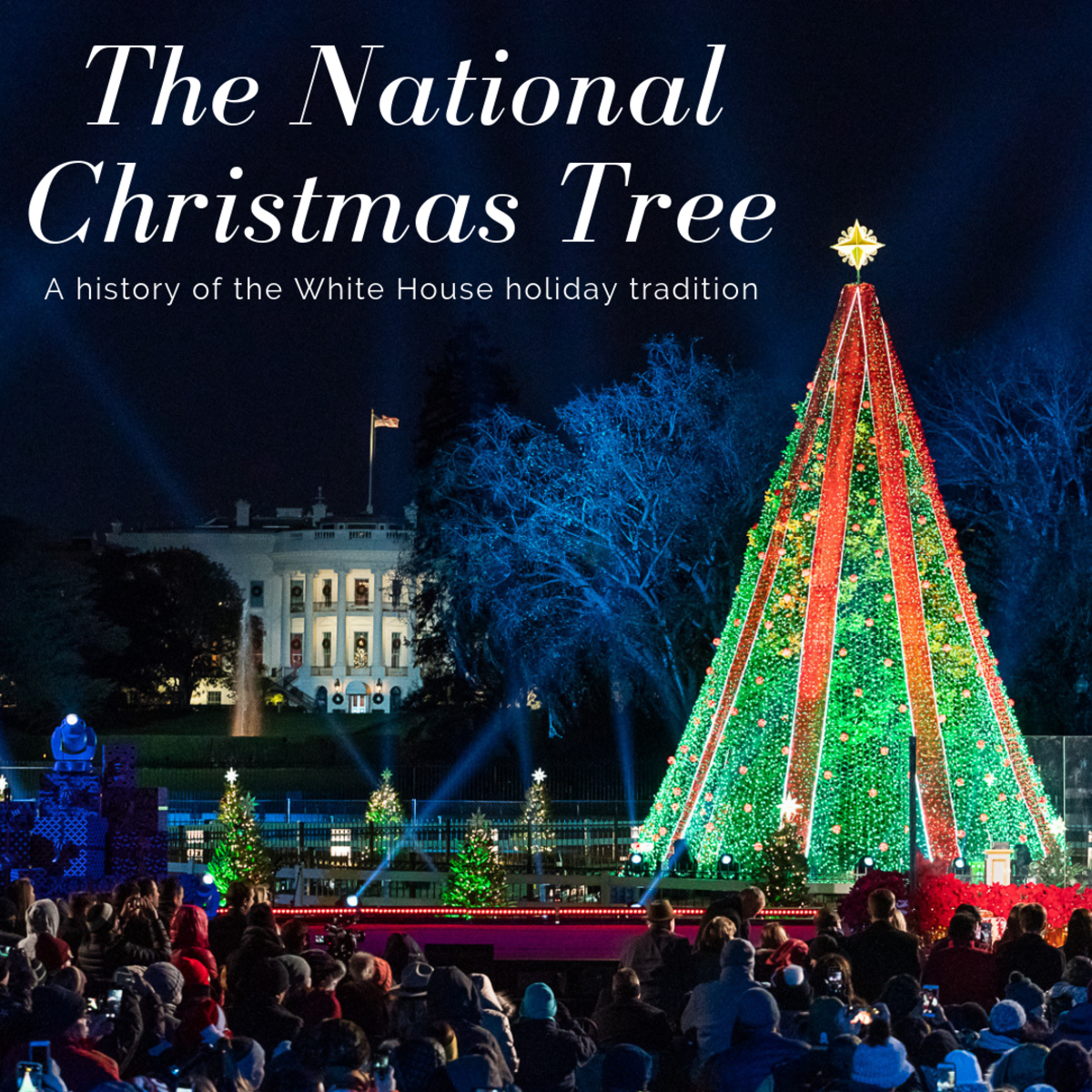A Brief History of the Christmas Tree
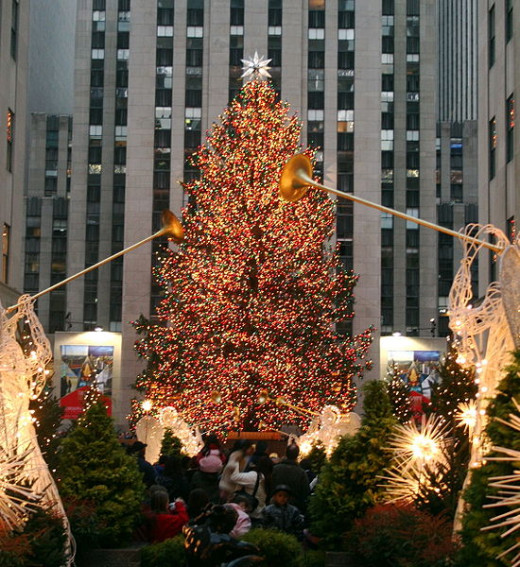
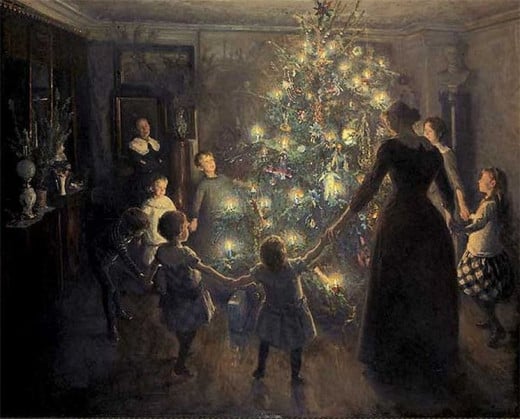
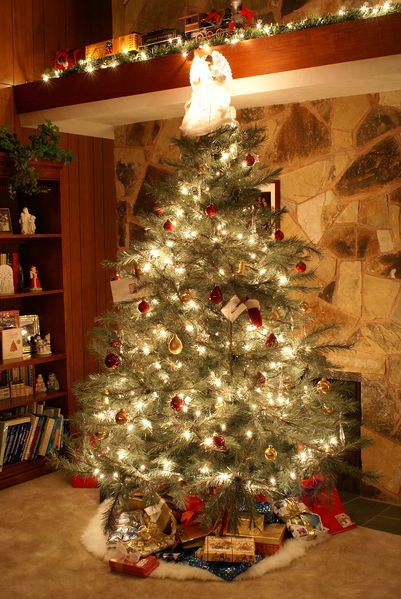
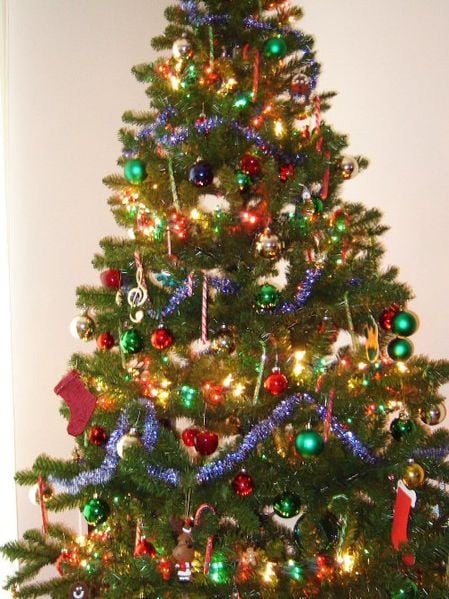
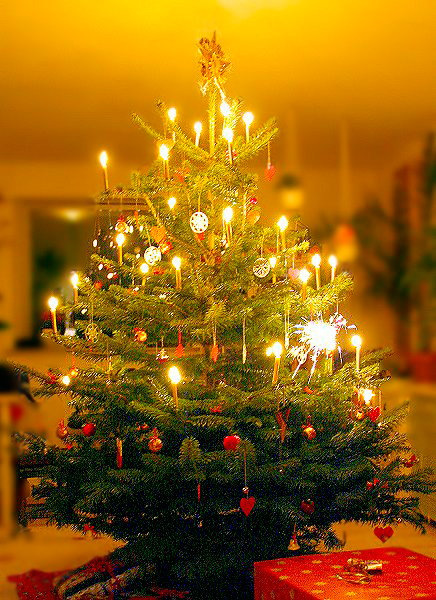
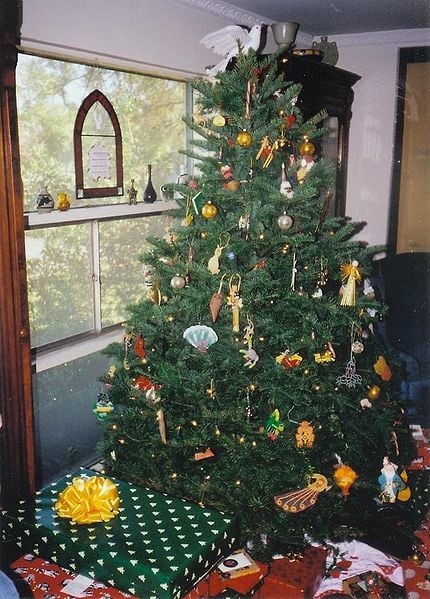
O Christmas Tree
Evergreen trees have long been a source of wonder and hope during the cold, barren winter months. They have been viewed as a symbol of eternal life since ancient times. Some cultures believed that decorating their homes with evergreen trees warded off demons, witches, and evil spirits. Evergreens were revered in ancient Egypt and the Roman Empire.
The origin of the Christmas tree is somewhat opaque. According to legend, German priest Martin Luther, one of the leaders of the Protestant Reformation, created the idea. He supposedly brought home an evergreen tree on Christmas Eve around the year 1500. He and his children decorated it with candles. An even older legend claims that St. Boniface, the patron saint of Germany, invented the Christmas tree in the eighth century. No one knows for sure who first created the concept, and it will likely always remain shrouded in mystery.
However it started, the custom quickly gained widespread popularity among sixteenth century German Protestants. Early ornaments included apples, popcorn strings, and candy canes. Roman Catholic Germans initially resisted the custom because of its strong early association with Protestantism. However, Christmas trees gradually became common in all areas of Germany. They soon became popular in other parts of Europe and Russia, especially among the rich noble classes.
German immigrants eventually transported this custom to the United States and Canada. However, many early American viewed Christmas trees as a frivolous desecration of the holiday (they also thought this about Christmas carols, decorations, etc.). Some communities even outlawed celebrating Christmas in anything other than an extremely solemn and serious manner. Christmas trees were criticized as a bizarre pagan foreign custom. They were rarely seen outside of communities with German roots.
A major turning point occurred in the mid-19th century. In 1846, Queen Victoria and her husband Prince Albert were sketched in the Illustrated London News standing around a decorated Christmas tree with their children. In 1850, the American periodical Godey’s republished the image but changed the royal family’s appearance to appeal to its American audience. The iconic sketch had an enormous influence on the popularity of the Christmas tree in the United States. By the late 19th century, it had become much more common for American households to have one. Glass ornaments, including baubles, began to be sold and mass produced in the U.S. during this period.
By the early 20th century, Christmas trees were steadily growing in popularity. By this time, electric lights had replaced candles on most Christmas trees. In 1923, the National Christmas Tree appeared for the first time on the White House’s south lawn. It has since become an annual tradition for the President of the United States to light the tree each December. The iconic Rockefeller Square Christmas tree in New York City was first lit in 1933. Flocked “snowy” trees became popular in the U.S. in the 1940’s and ‘50s and are still sold today. In 1982, a Christmas tree was first displayed at the Vatican. This was a matter of some controversy at first due to the custom’s Protestant roots, but in the decades since it has become an established tradition.
Artificial Christmas trees also originated in Germany. They have become increasingly popular in recent decades due to maintenance, financial, and environmental concerns associated with live Christmas trees. Live trees are still the most popular option, but millions of their artificial counterparts are also sold each year.
Today, the Christmas tree is one of the iconic symbols of the Christmas holiday, in the same way that turkeys are associated with Thanksgiving and jack-o-lanterns are connected to Halloween. While the specific customs involving the tree vary by culture, most Christmas trees are decorated with electric lights and adorned with colorful ornaments. Many feature an angel or other figure on top. Colorfully wrapped presents are often nestled snugly around the base of the tree. It is an evocative sight that is present each December in millions of homes around the world.
"O Christmas Tree" Song and Video
Links
- Christmas traditions, Christmas tree history
Christmas tree history and traditions - History of Christmas Trees History.com Articles, Video, Pictures and Facts
Discover the history of the Christmas tree. Before the advent of Christianity, trees that remained green all year had a special meaning for people. - Christmas Tree History - From Pagan Roots to the Present
Learn about the history of the Christmas tree, from pagan roots and controversies to artificial Christmas trees and more.


